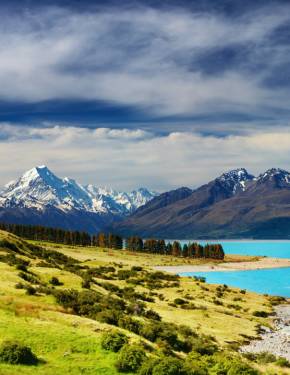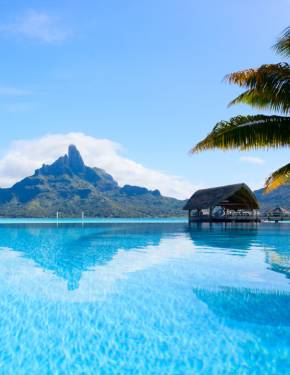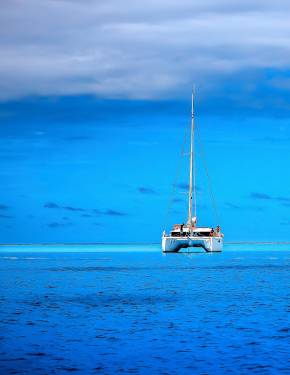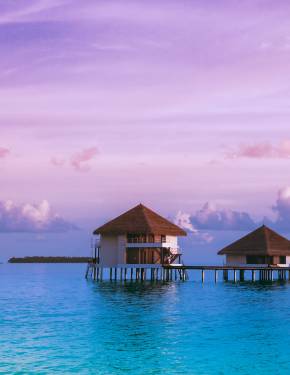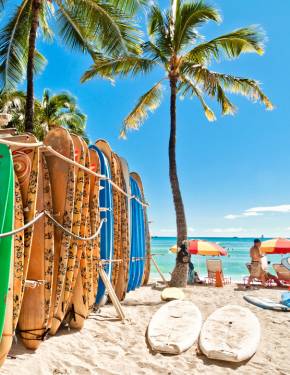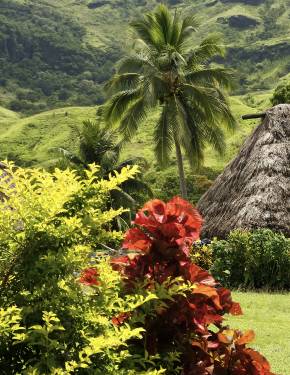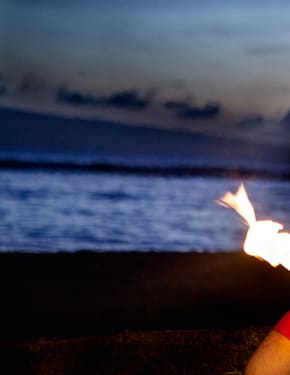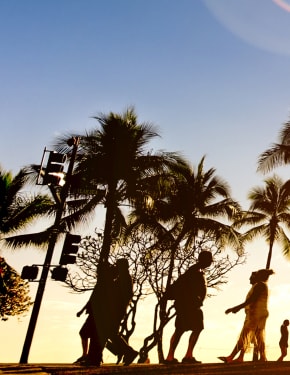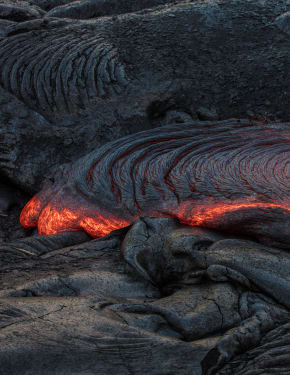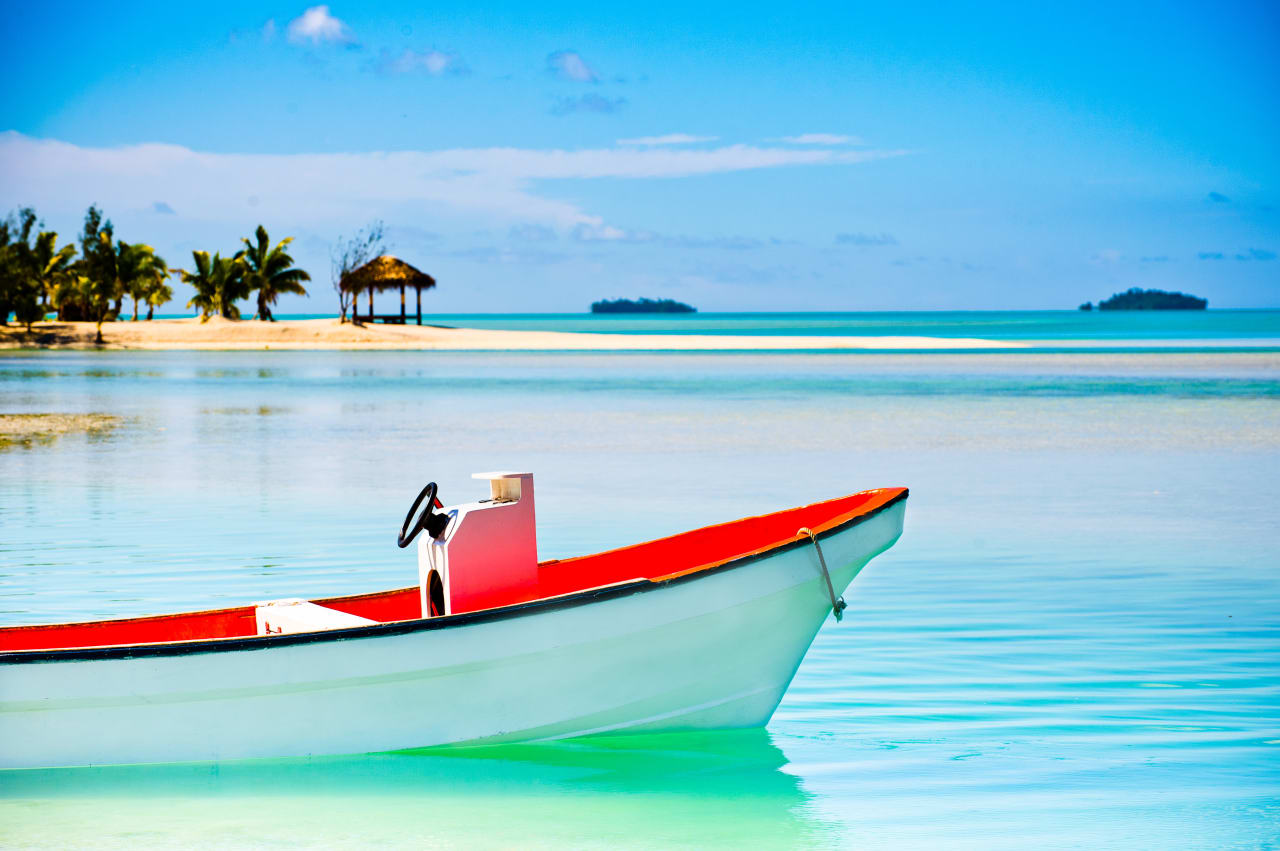
Best time to visit
8 things to do in Rarotonga & Cook Islands

Snorkelling and Diving
The rich underwater world of the Cook Islands opens its beauty for everyone. Warm and clear waters welcome visitors to enjoy the colours of the ocean floor
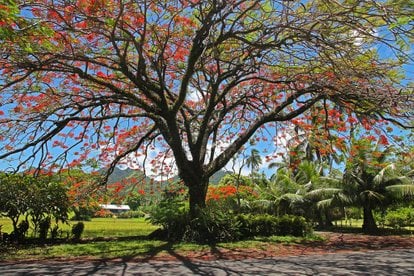
Flamboyant, or Flame Tree
These magnificent trees create fantastic landscapes

Kitesurfing & Bodyboarding
Being a renowned kitesurfing spot, the Cook Islands have something to offer for advanced bodyboarders and those who like stand-up paddleboarding. Though unfortunately there's not too much for surfers
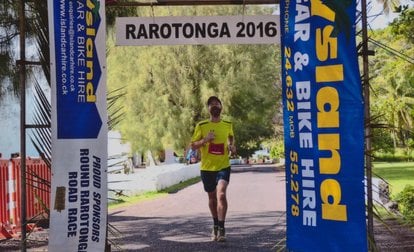
Round Rarotonga Road Race
The most important running event is waiting for you in Rarotonga. Take part in the competitions or just enjoy supporting the runners

Vaka Eiva
Check out the main sporting event on Rarotonga and one of the biggest paddling events in the world
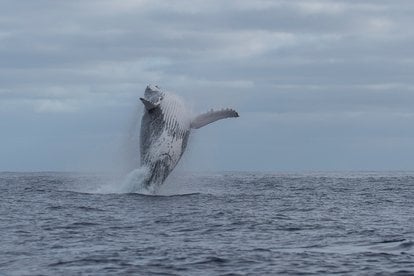
Whale Watching
These amazing ocean giants come really close to the shore to play near the reefs. That's the Cook Islands' whale watching magic!
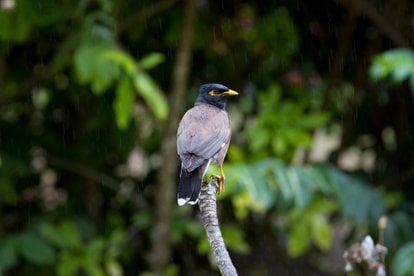
Birdwatching during Breeding Season
Lonely uninhibited islands, sand cays, reef-islets, and bushlands hide a rich diversity of seabirds, endemic land birds, and migratory species. Get ready for an inspiring birdwatching trip!

Te Maeva Nui Cultural Festival
The biggest celebration on the Cook Islands invites everybody to feel the spirit and passion of local life

